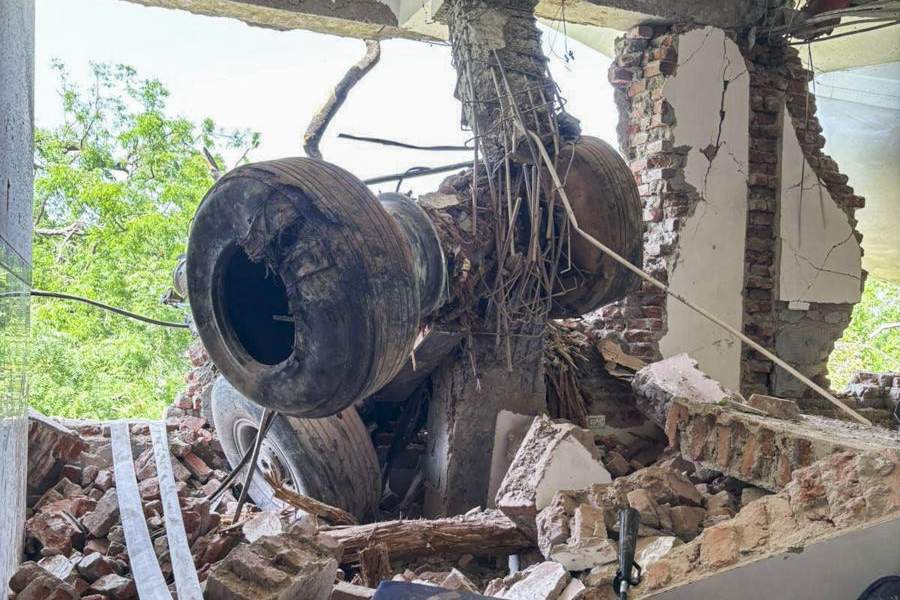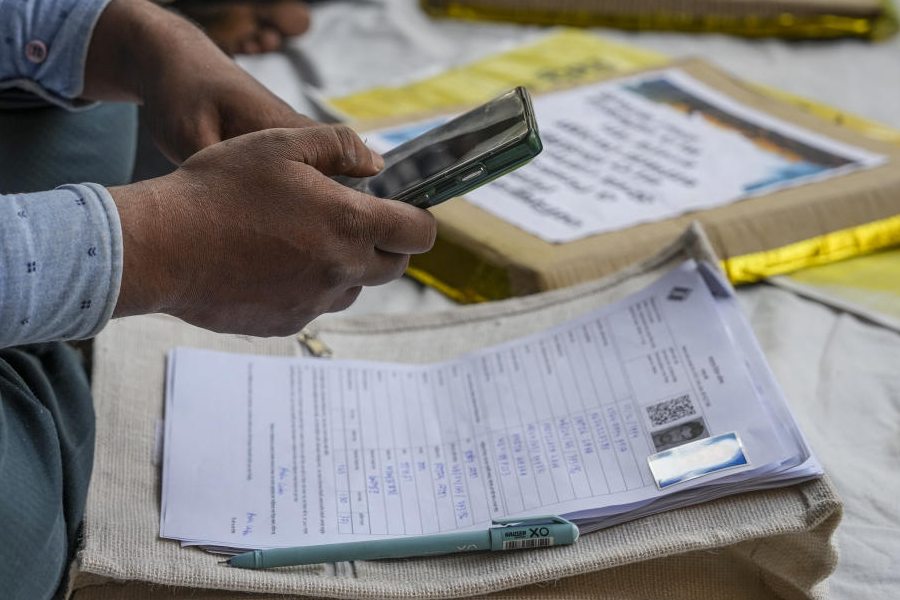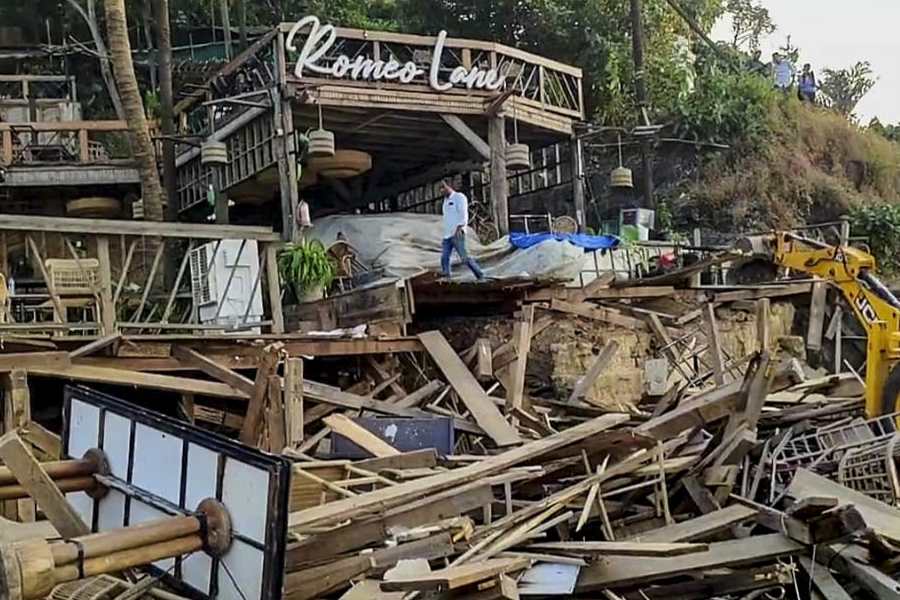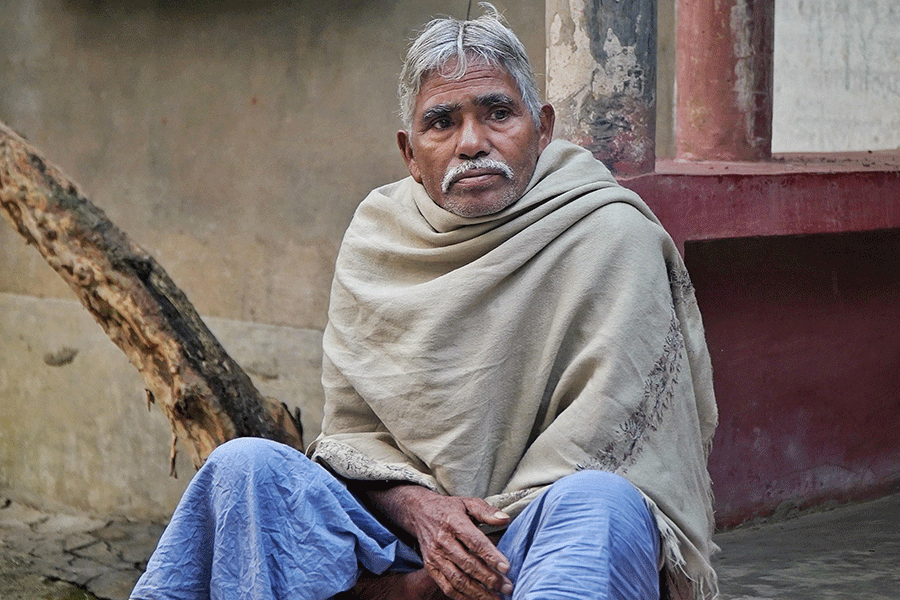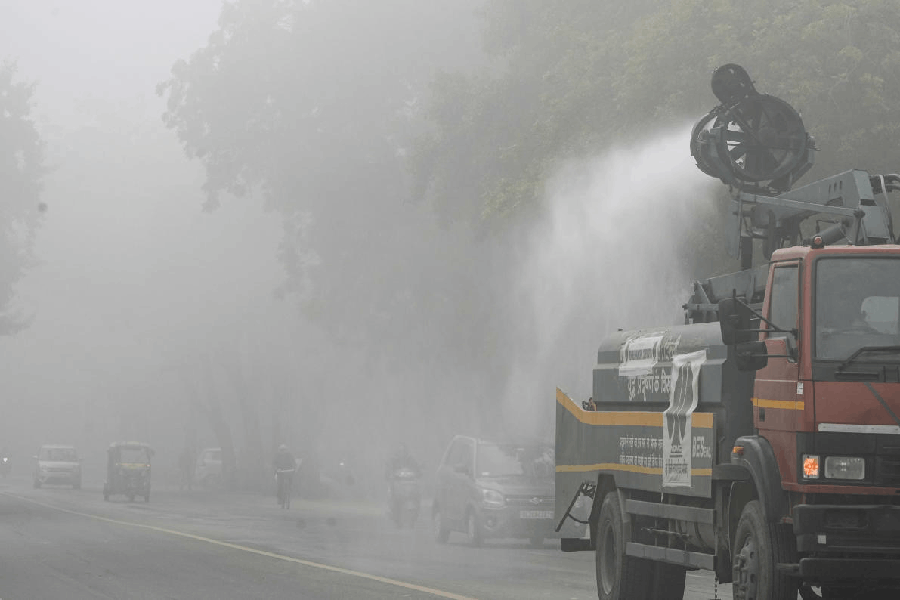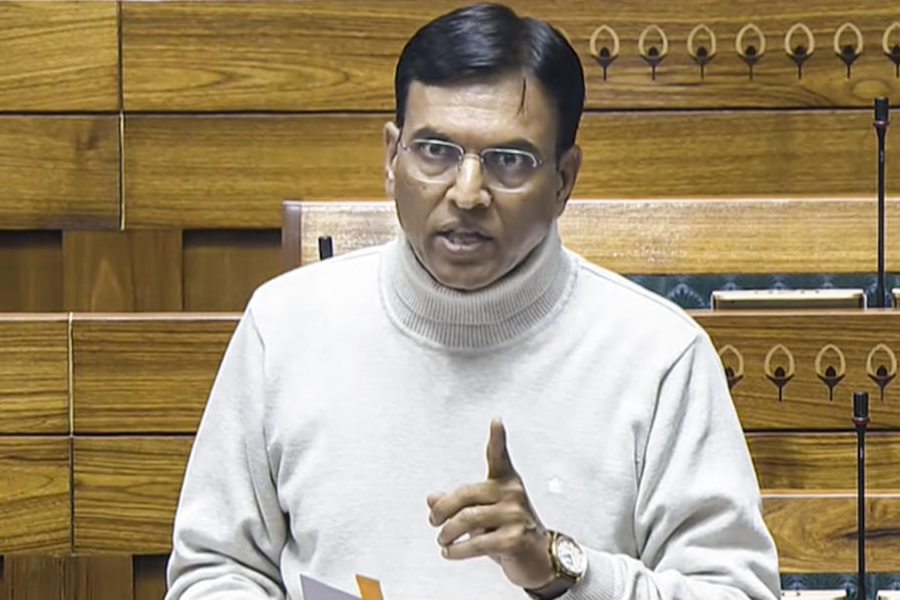Based on images of the Air India crash that killed over 200 people in Ahmedabad on Thursday, experts predicted a difficult recovery and investigation operation exacerbated by the risks of unstable structures and gas leaks.
Recovering victims, searching for any trapped survivors and seeking clues into the cause of the crash will all depend on how quickly crews can stabilise the buildings that were struck by the plane shortly after takeoff.
“This is a very long process,” said Shawn Pruchnicki, a former airline accident investigator and aviation expert at Ohio State University. He said that the recovery effort might take up to a month.
Emergency medical workers will need to balance speed with care in dislodging large parts of the plane from buildings, including the Boeing Dreamliner’s tail, which appeared to be jammed into a building.
While the immediate priority will likely be looking for potential survivors who may have been in the buildings when the plane crashed into them, clearing the debris may cause those buildings to buckle or pancake.
That means the authorities may need to bring in cranes to hoist large pieces of debris out of the damaged buildings near the B.J. Medical College. Then, emergency responders may need to build temporary cribbing to support weakened parts of the building as they look for any survivors, or more bodies.
Stabilising the building will have to be done before investigators can sift the debris for clues about why the flight went down shortly after takeoff, said Mike Boyd, an aviation expert at Boyd Group International.

